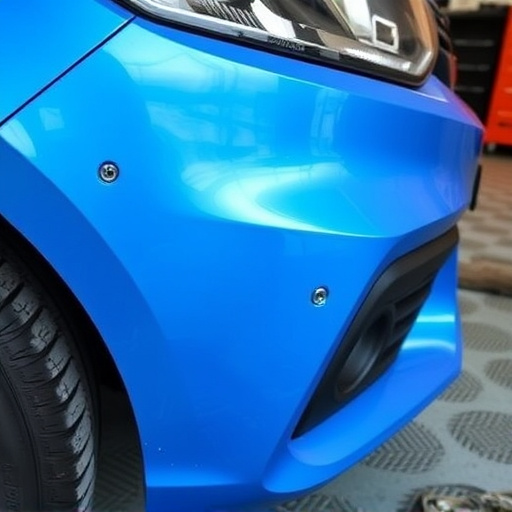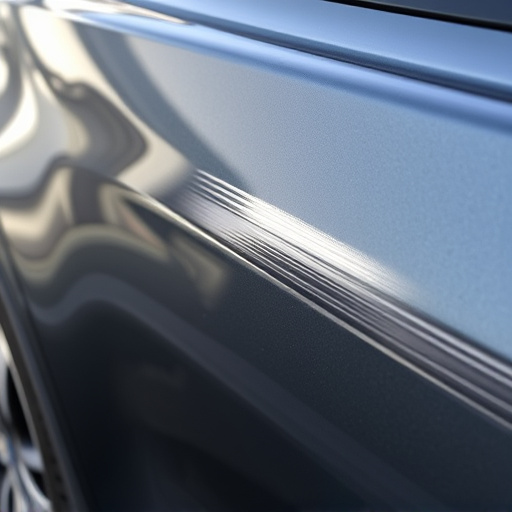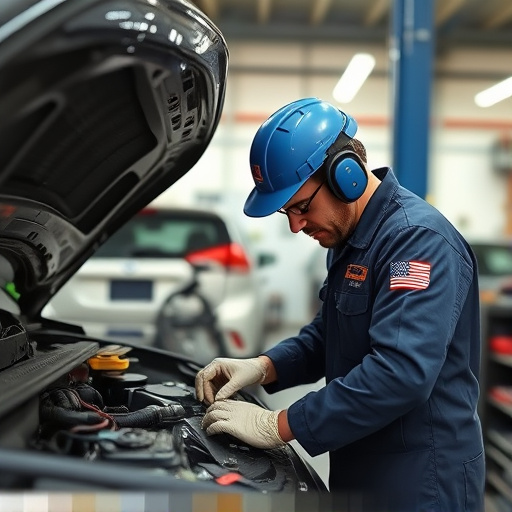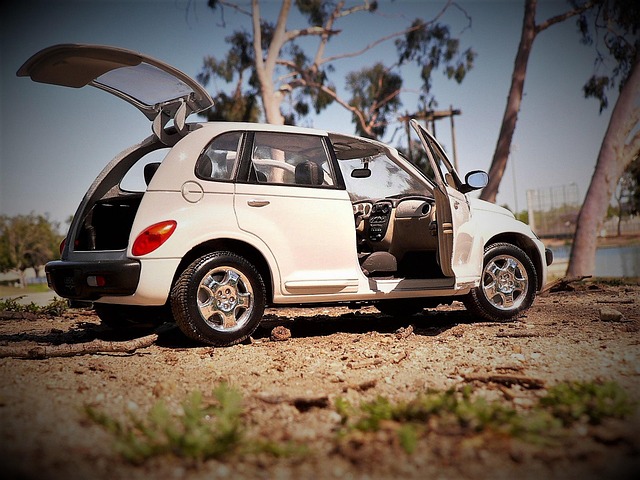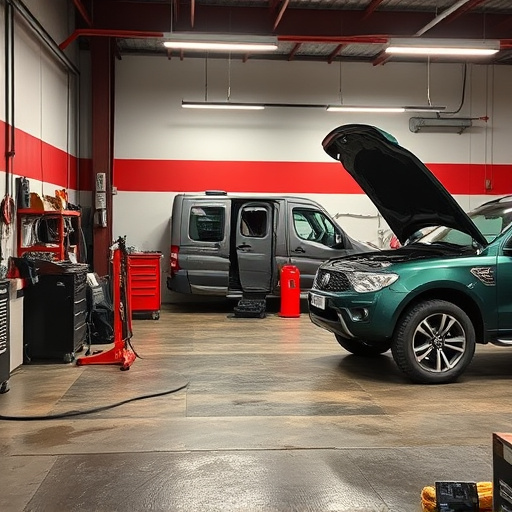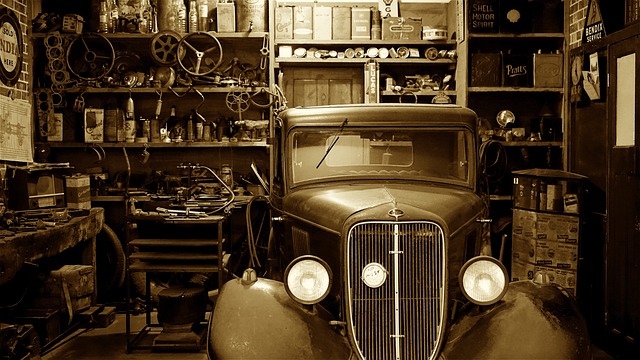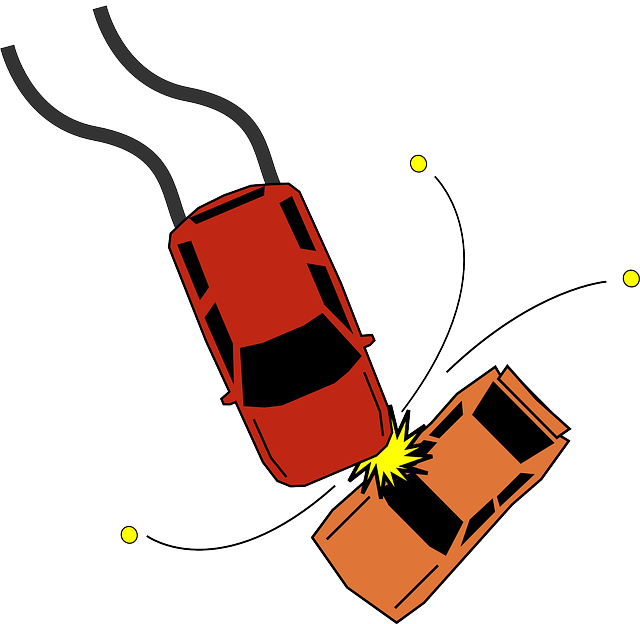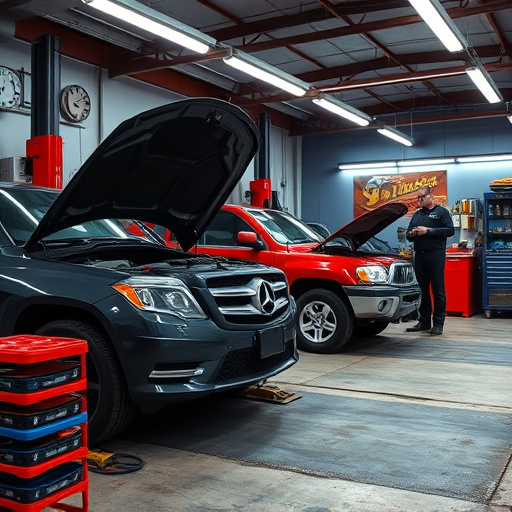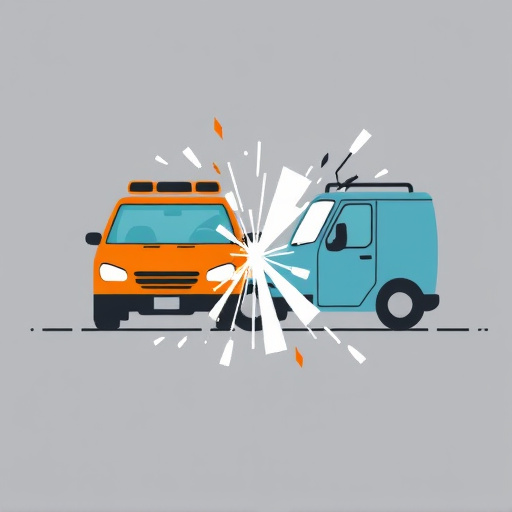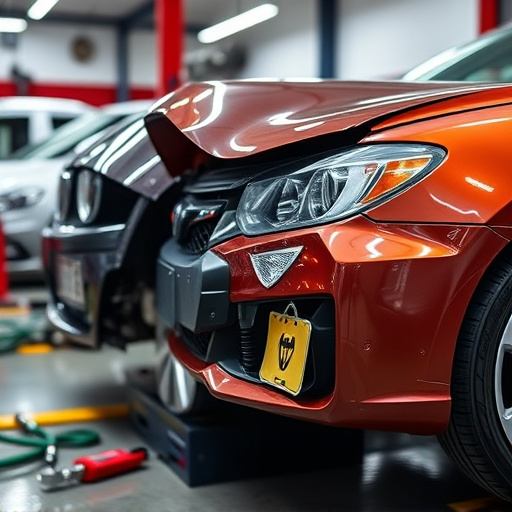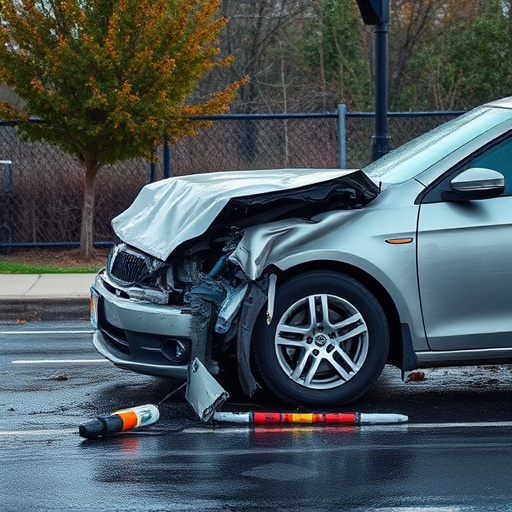Claim dispute resolution is a critical process handling disagreements between insurance companies and policyholders over claim payments or coverage, stemming from errors in assessment, damage extent (like auto repairs), or liability issues. Policyholders can support their claims with alternative estimates, encouraging open communication and collaboration. "Navigating the Process" outlines steps from filing to alternative methods like mediation or arbitration, aiming for a mutually agreeable settlement. Proactive communication, documentation, and understanding policy terms are vital for effective dispute navigation, especially in complex auto repair cases.
“Unraveling the mysteries of claim dispute resolution: a critical process in the realm of claims. This article serves as your comprehensive guide, offering insights into the intricate steps involved. From understanding the foundational concepts to navigating the dynamic process, we demystify each phase. We explore common challenges and equip you with strategic tools for successful resolution. By the end, you’ll be equipped to anticipate and manage claim disputes effectively, ensuring a fair outcome in today’s complex legal landscape.”
- Understanding Claim Dispute Resolution: The Basics
- Navigating the Process: What to Expect Step-by-Step
- Common Issues and Strategies for Successful Resolution
Understanding Claim Dispute Resolution: The Basics

Claim dispute resolution is a critical process that addresses disagreements between an insurance company and a policyholder regarding the payment or coverage of a claim. This can arise from various situations, such as errors in assessment, disagreement over the extent of damage (in cases like a vehicle body shop repair), or disputes about liability. The primary goal of this resolution is to achieve a mutually agreeable outcome that ensures the policyholder receives fair compensation while insurance companies maintain financial integrity.
In the context of car bodywork services and bumper repairs, for instance, a dispute may arise when a policyholder believes their vehicle’s damage warrants more extensive repair than initially assessed. Through claim dispute resolution, they can present evidence, such as detailed estimates from alternative repair shops, to support their case. This process encourages open communication and collaboration between the policyholder and insurance company representatives, ultimately aiming to find a solution that respects both parties’ interests.
Navigating the Process: What to Expect Step-by-Step
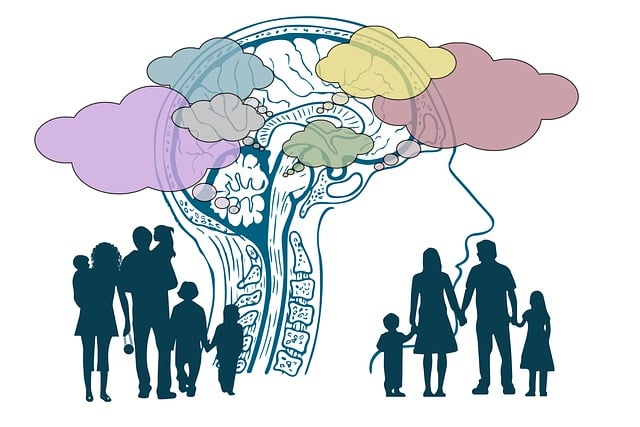
Navigating the Process: What to Expect Step-by-Step
When a claim dispute arises, whether it’s regarding a car accident or damage during transit, understanding the steps involved in claim dispute resolution is essential. The process typically begins with filing a formal claim, followed by a thorough investigation into the circumstances surrounding the incident. This involves gathering evidence, such as police reports, witness statements, and documentation of the damages (this could include detailed assessments from collision repair or car body restoration experts).
Throughout this journey, both parties communicate and negotiate to reach an agreement. If a settlement can’t be mutually agreed upon, it may progress to alternative dispute resolution methods, like mediation or arbitration, where a neutral third party assists in facilitating a fair outcome. These steps ensure that all aspects of the dispute are considered, with the ultimate goal being a resolved claim, whether through direct negotiation or alternative methods, leaving everyone involved satisfied and ensuring justice is served, especially when it comes to issues such as car dent repair.
Common Issues and Strategies for Successful Resolution

Claim dispute resolution can be a complex process, often involving a range of common issues that arise from differing interpretations of policy terms and conditions. One frequent challenge is the discrepancy in assessments between insured individuals and insurance providers, especially in cases involving car body repair, paintless dent repair, or auto frame repair. These discrepancies may stem from variations in repair methods, parts quality, or even simple miscommunication.
Successful resolution demands strategic approaches. Insured parties should meticulously document all interactions with the insurer and repair shops. Keeping detailed records of estimates, work performed, and expenses incurred can serve as compelling evidence during dispute negotiations. Additionally, seeking second opinions on repairs, particularly for specialized services like auto frame repair, can strengthen one’s position. Proactive communication, coupled with a solid understanding of policy entitlements, is key to navigating these disputes effectively.
Claim dispute resolution is a vital process that can help parties find mutually beneficial solutions. By understanding the basics, navigating the steps effectively, and employing strategic approaches to common issues, individuals and organizations can successfully resolve claims, fostering positive outcomes for all involved. This structured approach ensures fairness and efficiency, ultimately streamlining the process of claim dispute resolution.
